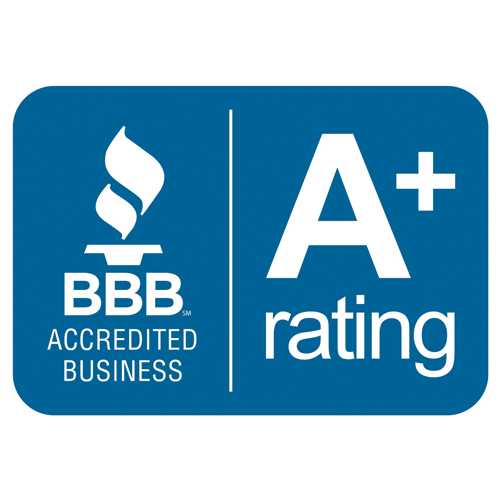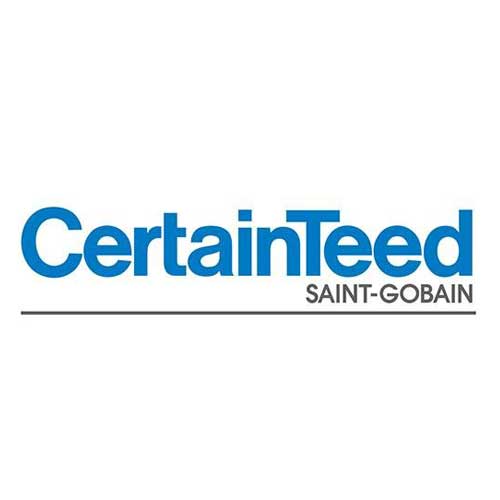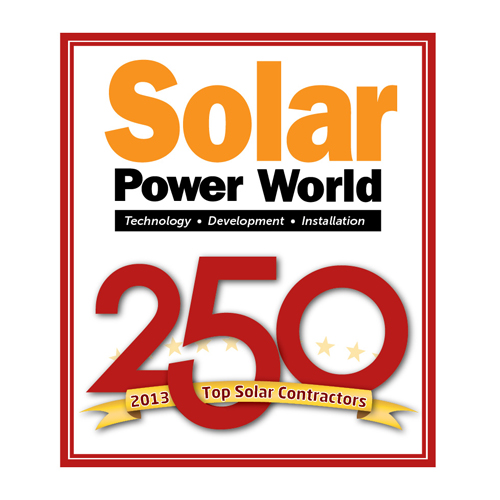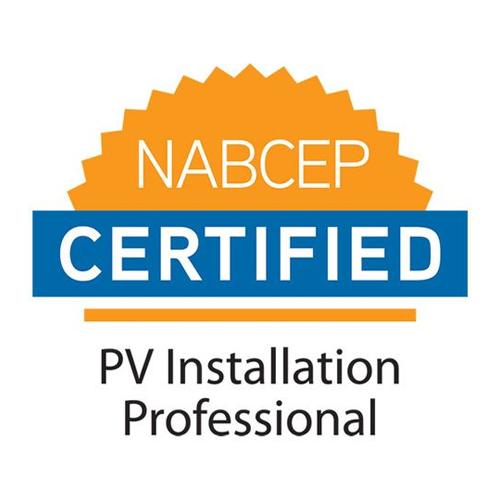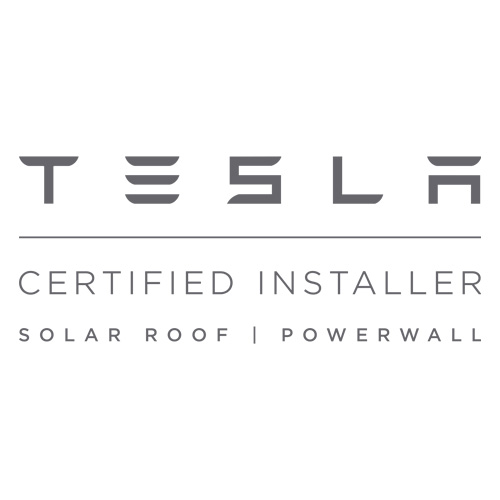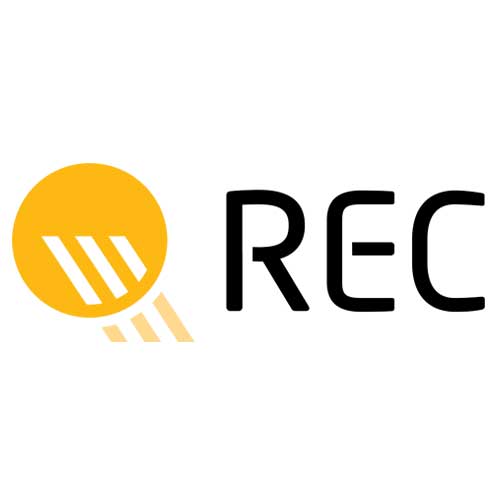Does Mold Grow Under Solar Panels?
Mold is a type of fungus that usually thrives in warm and moist settings, such as bathrooms, basements, and kitchens. It can cause a number of health issues like allergies, asthma, and even severe respiratory illnesses when left untreated. Given these facts, it’s no surprise that some wonder whether mold can grow under solar panels.
Solar panels offer many benefits to homeowners who invest in them, from reducing their energy bills to increasing the value of their properties. However, they’re not without potential risks – and one of those risks is the potential for mold growth underneath them. Solar panels trap heat beneath them and keep moisture close by as well; both of these conditions are perfect for encouraging the growth of mold.
So yes – it is possible for mold to grow underneath solar panels if the right environmental conditions are present. Of course, this doesn’t mean that you’ll necessarily see visible signs of a mold problem on your roof or surrounding areas; usually, it’s only once you remove the solar panel system that you notice any kind of mold infestation.
The Importance Of Keeping Solar Panels Clean
The importance of keeping solar panels clean cannot be underestimated. When dirt or dust accumulates on a solar panel’s surface, it reduces its ability to absorb sunlight and thus decreases its efficiency in generating electricity. This can cause a loss in efficiency of up to 30%, meaning that you won’t get as much electricity from your solar panels as you should. Additionally, if left uncleaned, particulate matter like dust and pollen can create hotspots on the surface of the panel, leading to further performance losses over time.
When cleaning your solar panel array, it is essential that only gentle methods are used; harsh chemicals or high-pressure water jets could damage the delicate cells of the panel and lead to permanent damage or even destruction of your array. Instead, use a soft cloth with warm water and a mild detergent to gently wash away any dust or grime. You could also use distilled white vinegar diluted with water for tougher stains – just make sure not to let this sit on the panel for too long as it might corrode some parts..
Another way of keeping your solar panels clean is by using special products such as antireflective coatings or hydrophobic layers applied onto the surface which will repel most dirt and dust particles from sticking onto the panel itself. This helps keep them much cleaner without having to do frequent manual washing sessions throughout the year.
If Mold Gets On Solar Panels, It Can Ruin The System
If you live in an area with high humidity, it’s likely that mold will grow under your solar panels. Moisture is key for mold growth, and solar panels are a perfect environment for it to take hold. This is because solar panels collect moisture from the air and allow it to build up. This moisture can then cause mold to grow, which in turn can damage the solar panels and/or the electrical system.
If you’re worried that your solar panel might be damaged by mold, don’t hesitate to have a professional inspect the area. They will be able to identify any damage and clean it up before it causes further problems. In addition, keep the area around your solar panels clear of debris so that moisture doesn’t have a chance to build up. By following these simple tips, you can prevent mold growth and keep your solar system in good shape.
How To Clean Under Solar Panels
When it comes to cleaning, there are several methods that you can use depending on the type of installation and amount of dirt or debris that has built up over time. The most common method is using a pressure washer with the appropriate cleaner, but other methods like scrubbing with a brush or even vacuum cleaning might be more suitable in certain situations.
Before you start any cleaning session, it’s important to take safety into account. Make sure that all connections between modules and inverters are secure and turn off power sources before beginning work. Wear protective gear such as gloves, goggles and masks when working with water or chemical cleaners near electrical components and always use ladders safely when necessary. Your solar installer will be able to provide additional advice specific to your situation if required.
The most effective way of removing debris from under the panels is usually by pressure washing with an appropriate cleaner or detergent solution, which works best when the panel surfaces are slightly warm (up to 40 degrees Celsius). Apply the detergent solution over the surface of the modules first, then use a pressure washer set at low pressure (400 PSI) with a wide angle spray tip at a distance of 10-15 cm from the panel surface. It’s important not to get too close as this could damage delicate seals. Start from one corner and move slowly along each row, then back away from each module slightly and repeat until finished.
It’s also possible to manually clean under solar panels using brushes or cloths, but this should only really be an option for light dust build-up or small areas where access is restricted. For larger installations, vacuuming can be used as long as all electrical components are covered during operation and excess water is removed afterwards using cloths or rags so no moisture enters any electricity-carrying parts like cables etc..
What Causes Mold And Moss To Grow Under Solar Panels?
Mold and moss growth can be an annoying and unsightly occurrence under solar panels, but what causes them to grow in the first place? A closer look reveals that these fungi are actually caused by environmental conditions that create a moist and humid environment. These conditions typically include high humidity, low air circulation, and changing temperatures.
High Humidity: High humidity levels are one of the most common causes of mold and moss growing under solar panels. This is because mold spores require a certain level of moisture to thrive, which is usually found in environments with high relative humidity levels. When the humidity reaches 70% or more, it creates a perfect breeding ground for mold spores to grow, resulting in colonies forming between the solar panel and its base.
Low Air Circulation: Poor air circulation can also contribute to mold and moss growing underneath solar panels. When air isn’t circulated properly, moisture can become trapped in between the panel and its base. This then creates warm pockets of air that are ideal for fungal growth. To prevent this from happening in the first place, it’s important to make sure your solar panel system has adequate ventilation so that any moisture collected within it can escape easily.
Changing Temperatures: Solar panels tend to collect a lot of heat during the day due to their exposure to direct sunlight. However, when night falls and temperatures drop significantly throughout the evening hours, this can create condensation on surfaces that have been heated up during the day such as between your roof tiles or along the sides of your panels themselves. This condensation forms pools of water which can then provide ample food for fungi like mold and moss which need only a little dampness to start growing out of control quickly – even if other environmental conditions don’t favor it’s growth at all!
Preventative Measures: Fortunately there are some simple steps you can take to help prevent your solar panel system from becoming susceptible to fungal growth before issues arise. First off all ensure your panel system has adequate ventilation so that any moisture collected within it can escape easily – this is especially important if you live in an area with higher than average humidity levels or experience large temperature variations throughout each day / night cycle as mentioned previously. Secondly try using products specifically designed for protecting against fungus such as silicone coatings or fungicides. These products work by creating an invisible barrier that helps prevent moisture from entering into tiny crevices on surfaces where fungus loves to grow – plus they’re easy enough for anyone with basic DIY skills to apply themselves! Lastly, make sure you keep an eye on your solar energy system regularly (including visually inspecting underneath it) just in case any signs of fungus do begin appearing – catching problems early means they’re far easier (and cheaper) to deal with!
Preventing Mold And Moss Growth Under Solar Panels
If you’re looking to reduce your carbon footprint, solar panels are an excellent option. But like with any new technology, there are some potential drawbacks. Solar panels provide an ideal environment for mold and moss to grow, which can cause damage to the panels and lead to a loss of energy. In this section, we’ll outline some of the things you need to keep in mind if you’re planning on installing solar panels.
First and foremost, make sure that you choose the right location for your solar panels. Areas that receive a lot of sunlight are best suited for solar panel installation; meanwhile, areas that receive little sunlight should avoid installing them in order to prevent mold and moss growth. Additionally, make sure that your solar panel installations are kept clean – even a small amount of dirt can lead to moss and mold growth. Finally, be sure to inspect your solar panels regularly for signs of damage or wear – if there is any sign of trouble, don’t hesitate to contact a professional installer. And if you do notice any signs of mold or moss growth on your solar panel – don’t wait! Address the issue as soon as possible so that it doesn’t worsen over time.
Tips For Preventing Mold And Moss Growth On Your Solar Panels
Preventing mold and moss growth on your solar panels is important for both your own safety and the safety of the environment. By following a few simple tips, you can help to keep your solar panels healthy and free from mold and moss.
When installing your solar panels, make sure that they are installed correctly in order to avoid problems down the road. Make sure that the roof is properly sealed and that there are no gaps or holes in the roofing system. Also, make sure that your solar panels are level so they can generate maximum energy output.
Regular inspection of your solar panels is key to keeping them in good condition. Watch for signs of moisture or fading paint on your solar panel’s surface. If you notice any problems, don’t hesitate to call a professional for assistance. In addition to regular inspection, always clean off any dirt or dust build-up on your solar panel with a quality cleaning solution before storing it away. Keep vegetation at a distance from your solar panels as this can lead to moss growth. Finally, never let water get inside of your panel – if it does, call a professional immediately!
Cleaning Products To Use On Solar Panels
The first step in using cleaning products on solar panels is to understand what type of materials your solar panel is composed of and how it needs to be cleaned. Different materials require different types of cleaners, so it’s important to read up on your specific set-up before beginning the cleaning process. For example, polycrystalline or monocrystalline silicon cells require mild detergent and warm water with gentle scrubbing whereas thin-film photovoltaic cells need special alkaline detergents such as those made by Würth Solar Cleaner or AllClean™ PV Cleaner. When preparing a solution for cleaning solarpanels, make sure you read the instructions carefully and always wear gloves when handling chemicals. It’s also important to note that some materials don’t react well with certain cleaners, so be sure to check with a professional before attempting any type of specialized cleaning product usage on your solar panels.
Many people tend to think they can just use whatever household cleaner they have available when attempting to clean their solar panels; however this could end up causing more damage than good depending on the ingredients contained within the cleaner. Commercial grade glass cleaners may contain ammonia which can corrode metal components on some models of solar panel frames and frittered glass covers that are used for encapsulation purposes; therefore it’s best not to use these types of cleaners unless specifically recommended by the manufacturer or installer as an approved product for use on your particular model.
When using commercial grade glass cleaner make sure you follow any instructions provided by the manufacturer carefully as some products contain hydrofluoric acid which can cause serious injury if not handled properly – including eye damage and skin burns. The same goes for vinegar – although this is generally considered safe for human consumption it should never be used directly onto a photovoltaic cell as it could cause corrosion leading to premature failure over time due its acidity levels.
Tips For Cleaning Solar Panels
- Use a soft brush or cloth for cleaning. Using a hard tool such as steel wool or wire brushes can scratch the surface of the solar panel, reducing its efficiency. For best results, use a soft-bristled brush or microfiber cloth when wiping away dirt or dust from the panels themselves. This will help avoid any potential scratches that could reduce their effectiveness over time.
- Avoid using water when possible. While water can help remove certain kinds of dirt and debris from surfaces, it should be avoided in this case because it can cause corrosion on aluminum components of the solar cells themselves. The best cleaning solution is usually just a damp (not wet!) cloth with mild soap and warm water applied to it before wiping down the surface of the panel itself.
- Be sure to wear protective gear while cleaning your solar panels. As with any other type of equipment, it’s important to wear gloves and safety glasses while working on your solar panel system in order to protect yourself from any potential hazards that may occur during maintenance tasks like these.
- Regularly check for signs of damage or aging on your solar cells and take corrective action right away if needed. Inspecting your cells regularly for signs of damage is key for ensuring that they are operating at peak efficiency levels over time; this includes checking for cracks, discoloration, warping, loose connections or other signs that may indicate potential problems with the individual cell or with the entire system itself . If any issues are found, consult with a professional installer experienced in dealing with solar power systems in order to determine what steps need to be taken in order to fix them properly without compromising performance in any way .
- Make sure all mounting hardware used on your system is in good condition and secure at all times . Loose nuts and bolts can let moisture seep into sensitive areas during rainy weather which can lead to short circuits inside of electrical components ; this can quickly reduce overall productivity levels as well as potentially damaging expensive parts over time . Regularly inspecting mounting hardware should be done on a regular basis so that any issues can be caught early before they have a chance to negatively impact performance later on down the line .
When To Call A Professional For Solar Panel Cleaning
The most important reason why you should call a professional for solar panel cleaning is safety. Solar panels are fragile pieces of equipment which can easily be damaged if handled incorrectly or not maintained properly. Trying to tackle the job yourself may put you, or someone else, at risk of injury from slipping off the roof or getting an electric shock from working with electricity. It’s always better to be safe than sorry and having a professional take care of the task for you ensures that the job is done correctly without any risk of harm.
Another situation where calling a professional for solar panel cleaning is beneficial is when dirt and dust have built up over time and are proving difficult to remove by just using water and soft cloths. In this case, hiring a professional who knows how to safely use specialized tools such as brushes and rags can ensure that all dirt is removed without harming the integrity of the panel in any way. Professionals also have access to high-powered cleaners which can penetrate even deep-seated dirt more effectively than domestic products allowing you get more value out of each clean.
In addition, experienced professionals know what kind of detergent works best with different types of materials so they’ll make sure that whatever product they use won’t damage your panels in any way. They also have knowledge about how often different types of solar panel should be cleaned depending on the local environment – something which many homeowners don’t necessarily take into consideration when undertaking the task themselves. Taking all these factors into account could help you avoid costly repairs down the line by catching problems before they become too serious.
Cleaning Solar Panels Yourself Can Result In Mold Growth
When it comes to solar panels, few things are more frustrating than finding black mold growing on your shiny new panel. Unfortunately, this happens more often than you might think. Solar panels can get very hot – up to 400 degrees Fahrenheit – which can lead to the growth of mold. In fact, cleaning solar panels yourself is often dangerous and can end up costing you more money in the long run. Not to mention, mold can cause health problems such as asthma and allergies. So why take the chance?
Thankfully, most solar panel companies have a warranty that covers the growth of mold on their products. If you do decide to clean your own solar panels, make sure that you use the proper cleaning solutions and techniques. And if you do happen to find black mold growing on your panel, don’t be afraid to call a professional for help. They’ll be able to fix your panel and protect it from future damage in the meantime.
In A Nutshell
It goes without saying that if you suspect (or know) there is already an existing mold infestation beneath your solar panel system then the best thing to do would be to call in professional help immediately so they can assess the damage and remove it safely before any more serious harm can come from it.
All things considered then while yes – given ideal circumstances mold can indeed form underneath solar panels – with some preventative measures taken beforehand like ensuring good ventilation as well as regular cleaning and maintenance regimes this risk can be greatly minimized or eliminated altogether ensuring that everyone involved reaps all the rewards investing into a PV array without worry!

